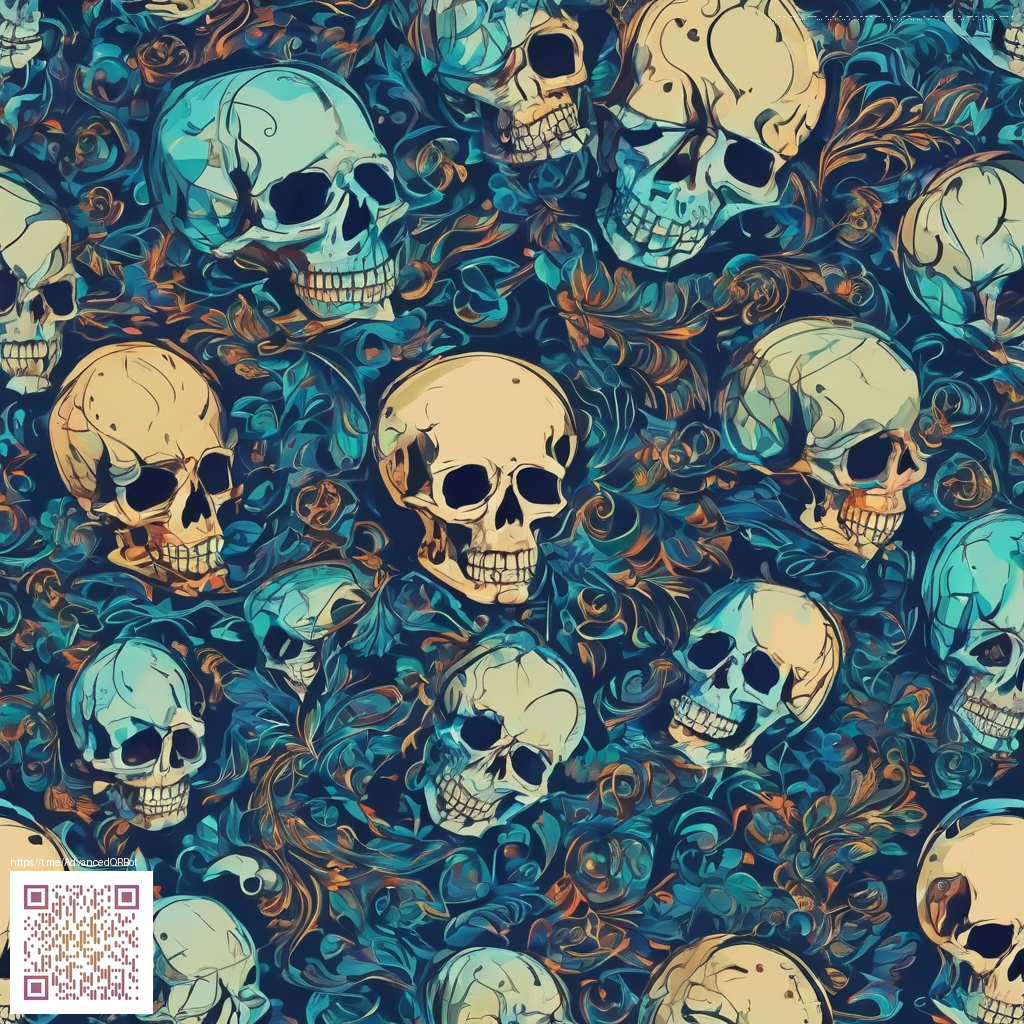
Design thinking in practice for product creators
Design thinking isn’t just a checkbox on a development plan; it’s a living mindset that helps product creators transform fuzzy ideas into tangible, valuable offerings. When you approach innovation with empathy, clarity, and iterative testing, you reduce guesswork and accelerate learning. The result? a smoother path from inspiration to launch, and a product that genuinely resonates with users. Let’s walk through how this works in real-world terms, with practical steps you can apply today. 🚀💡
Step 1: Empathize with your users
Empathy is the foundation. It’s about understanding who your users are, what they struggle with, and how their day-to-day moments shape their needs. Start with real conversations, not assumptions. Interview users, observe their routines, and build empathy maps that capture not just what they say but what they do. When empathy becomes a shared language inside your team, every idea starts with a human truth. This clarity fuels better decisions and fewer misfires down the road. 🧠✨
- Conduct short, focused interviews to reveal hidden pains and desires 🕵️♀️
- Create lightweight journey maps that highlight moments of friction 💬
- Use empathy maps to align your team around a single user narrative 🧭
Step 2: Define the problem
From rich observations, crystallize a specific, actionable problem statement. A well-crafted brief guides ideation and protects you from scope creep. Aim for a statement that centers the user’s value: what they need, why it matters, and what success looks like. Clear problem framing helps your team stay focused and reduces rework later. The better you define the problem now, the more efficient your subsequent explorations will be. 🎯
Design thinking turns opinions into data, and data into outcomes. It invites rapid learning cycles so you can pivot early rather than late, keeping your product relevant and useful. 💡🧩
Step 3: Ideate with constraints
Constraints aren’t roadblocks — they’re sparks. Time, budget, and technology limits push you to think creatively rather than settle for the first idea that comes to mind. Embrace a mix of structured and wild brainstorming: Crazy 8s, mind maps, and SCAMPER sessions can yield ideas you wouldn’t discover otherwise. The goal is breadth first, depth later. Allow playful thinking; some of the most impactful features begin as whimsical sketches that evolve into core functionality. 🧠🎨
- Crazy 8s: sketch eight ideas in eight minutes to unlock surprising directions
- SCAMPER: Substitute, Combine, Adapt, Modify, Put to other uses, Eliminate, Rearrange
- Storyboarding: sequence user interactions to reveal gaps and opportunities
Step 4: Prototype and test iteratively
Prototyping makes ideas tangible and testable. Start with low-fidelity artifacts—sketches, cardboard models, interactive wireframes—and gather feedback quickly. The aim isn’t to prove you’re right but to learn what works, what doesn’t, and why. Iterate based on real signals, not opinions. In the realm of hardware accessories and desk setups, details like thickness, texture, and edge finish can dramatically affect perceived quality and long-term satisfaction. A practical example of how a concept translates into a physical artifact can be seen through hardware-focused offerings, and you can explore such a product here: Rectangular Gaming Neon Mouse Pad 1.58mm thick 🖱️✨.
Testing should blend qualitative insights with lightweight analytics. Watch how users navigate interactions, observe moments of hesitation, and listen for phrases that reveal unmet needs. The feedback loop is your compass: it tells you when to persevere, pivot, or prune features. And as you prototype, keep the user’s context front and center—what looks brilliant in a lab oftentimes needs adjustment in real life. 🚦📊
From idea to real product: mapping a practical journey
Design thinking isn’t just a collection of methods; it’s a rhythm that guides daily work. Start with a hypothesis based on user insight, then validate with a quick prototype and a targeted test. Each cycle should yield a clearer understanding of what users value, how much effort it costs to deliver, and what it means for your business metrics. When you map the journey from inspiration to implementation, you’re not just launching a feature—you’re delivering an experience that fits into people’s living and working spaces. The tactile dimension matters, especially in desk-side devices where form and function intersect with daily routines. 🧭🎯
Remember that design thinking scales with your team. It thrives in cross-functional collaboration, where designers, engineers, marketers, and support staff contribute voices and constraints. Shared ownership accelerates learning, reduces risk, and builds momentum that carries a product from concept to real-world impact. The process may feel iterative and imperfect—and that’s precisely the strength: it invites correction without drama and keeps you moving forward with confidence. 🚀🤝
Putting theory into practice in your own workflow
To embed design thinking into your product creation cadence, try a lightweight weekly rhythm: a 60-minute empathy check, a 20-minute problem-definition duel, a 45-minute ideation sprint, and a 30-minute prototype critique. You’ll cultivate a culture that welcomes feedback, embraces rapid experimentation, and values learning over flawless initial delivery. It’s a mindset that pays dividends whether you’re shaping software features, physical accessories, or hybrid experiences for modern work and play. And as you validate concepts, you’ll naturally curate a portfolio of decisions that demonstrate a thoughtful, user-centered approach. 🗺️💬
As you explore how design thinking translates into concrete outcomes, consider how specific product attributes influence user perception. For instance, a rectangular gaming neon mouse pad with a slim profile can affect glide, precision, and aesthetics in user setups. Exploring how this kind of product resonates with users—through prototyping and user testing—offers a practical lens on the entire methodology. If you’re curious, you can view a real-world example here: Rectangular Gaming Neon Mouse Pad 1.58mm thick 🖥️🎯.